-
Tuesday April 2, 2024
When you run a Shortcut with a visual Snippet from the Shortcuts app, it pops up as an overlay. You can tap the snippet, or the Done button to dismiss it.
But when you run the same Shortcut via Siri, the visual snippet appears without a Done button, and tapping the snippet opens the source app.
-
Tuesday April 2, 2024
New(ish?) App Intents sample code: developer.apple.com/documenta…
-
Tuesday April 2, 2024

📸 Day 2: Flowers
I love real flowers and Lego flowers. -
Monday April 1, 2024
first Apple Silicon era Mac freeze. no beach ball but keyboard and trackpad just stopped working
-
Monday April 1, 2024

📸 Day 1: Toy
I don’t have a ton of memories of my grandpa. But I remember building this wood car together at his workbench in the garage when I was super young. Happy I still have it. -
Friday March 29, 2024
Xcode Cloud is neat. I’m so glad they extended the 25 hours/month for free.
-
Thursday March 28, 2024
hello momentum, how i’ve missed you.
-
Thursday March 28, 2024
I’ve been really stuck on a project for a while but I’m breaking through and it feels good.
-
Wednesday March 27, 2024
Come on now now!
-
Tuesday March 26, 2024
A very annoying macOS bug somehow emptied out all my Launchpad folders. So now I have pages and pages of jumbled apps followed by a final page of empty folders.
-
Tuesday March 26, 2024
very excited to attend Deep Dish Swift in Chicago this May!! my first indie developer conference since wading into Apple land
-
Tuesday March 26, 2024
App Intents is the sleeper Apple framework that will one day tie it all together.
-
Friday March 15, 2024
I needed spring
-
Thursday February 22, 2024
I found the Vision Pro demo person’s script at the Apple Store super distracting and off-putting. It was not a good experience.
-
Wednesday February 21, 2024
Surprised there was no demo or even mention of Siri in my 30 minute guided tour of Vision Pro at the Apple Store.
-
Tuesday February 20, 2024
I was surprised how much light leaked in from under Vision Pro. I didn’t feel that immersed because of it.
-
Wednesday January 31, 2024
Drives me nuts in VS Code Copilot chat when I’m drafting a prompt in the chat box and use an arrow key to move around the draft – but instead it brings me to the previous prompt (like arrowing thru terminal history) - and then i can’t arrow back to my draft and it’s just gone… grrrrr
-
Wednesday January 31, 2024
Hit knee on desk. Yelled ouch. AirPods conversation mode ducked my music.
-
Friday January 26, 2024
I try to do too many things at once.
-
Saturday January 13, 2024
I’ve been noodling back and forth between
NavigationSplitViewandTabView. -
Friday January 12, 2024
I’ve been chasing my SwiftUI tail all day long.
-
Friday January 12, 2024
The new iOS Journal app suggesting I journal about listening to a podcast about the new iOS Journal app.

-
Tuesday January 9, 2024
Momentum feels good.
-
Tuesday January 9, 2024
Everything is hard!
-
Monday January 8, 2024
I need to commit.
